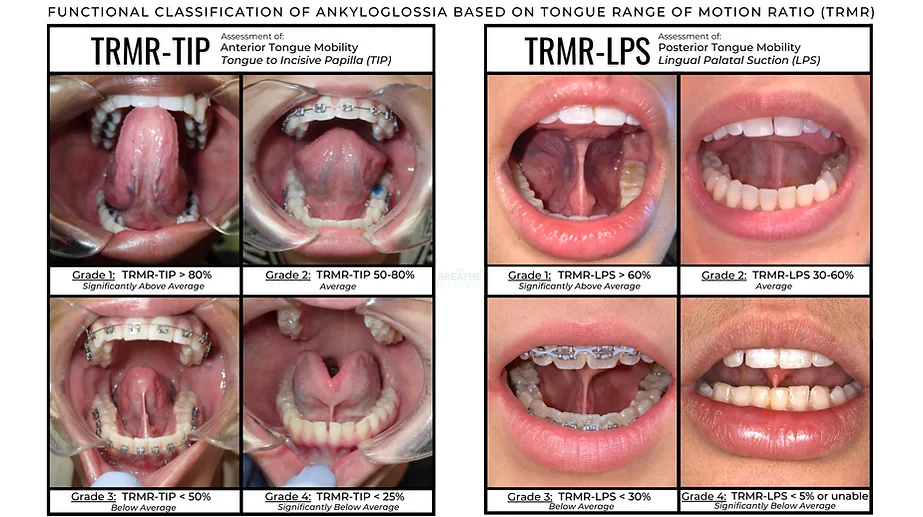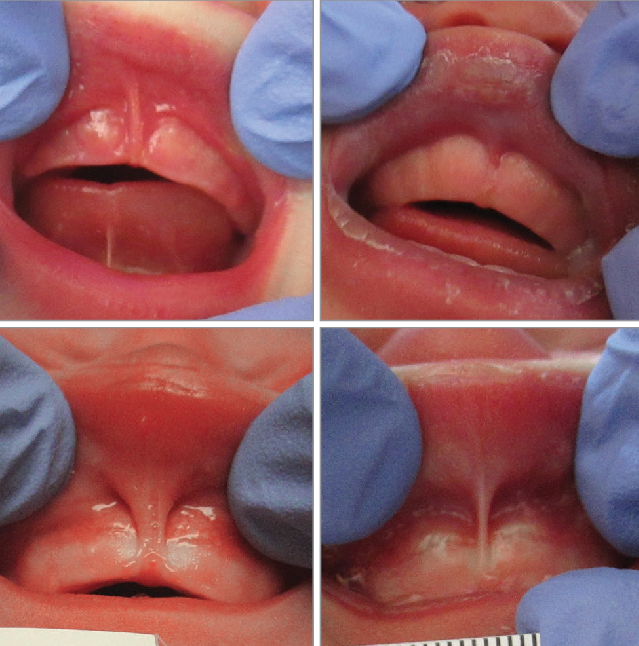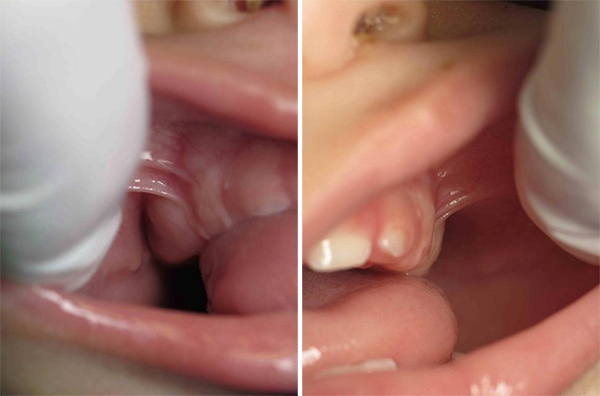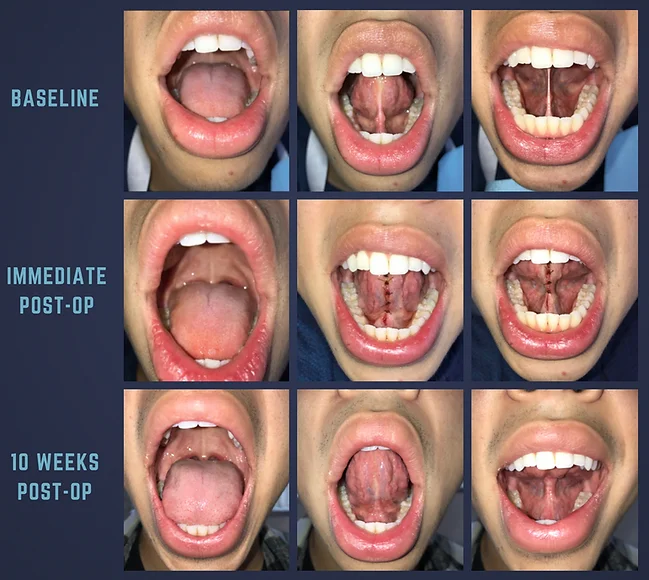What is an oral tie?
An oral tie, also known as a frenulum, is a small fold of tissue that connects two structures in the mouth. They are found in several locations in the mouth, including the tongue, lips, and cheeks.
In some cases, an oral tie can cause problems with speech, feeding, and oral hygiene. When the frenulum is too tight or short, it can restrict movement and cause discomfort or difficulty in performing oral functions.
Oral ties can be found in several locations in the mouth, including:
What is an oral tie?
An oral tie, also known as a frenulum, is a small fold of tissue that connects two structures in the mouth. They are found in several locations in the mouth, including the tongue, lips, and cheeks.
In some cases, an oral tie can cause problems with speech, feeding, and oral hygiene. When the frenulum is too tight or short, it can restrict movement and cause discomfort or difficulty in performing oral functions.
Oral ties can be found in several locations in the mouth, including:
Proper diagnosis
A proper diagnosis, essential to determine if a frenectomy, a procedure to remove or alleviate tension of the frenulum, will be necessary. Dr. Hatch is a trained professional in diagnosing an oral tie can conduct an examination to identify any oral ties.
During the examination, Dr. Hatch will look for signs of restricted movement. Such as difficulty moving the tongue or lips, and may use specialized tools such as a tongue depressor or mirror to assess the oral tissue. Additionally he may also ask about symptoms such as difficulty breastfeeding or speaking.
If an oral tie is identified, a frenectomy may be recommended to remove the frenulum and improve oral function. The procedure is typically performed in office and can be done using laser or traditional surgical techniques. Proper diagnosis is essential to determine if a frenectomy is necessary to improve oral function.




